15 Travel Tips for New York
If it's your first time in the Big Apple, take note of these basic tips to be well prepared and avoid falling into tourist traps.
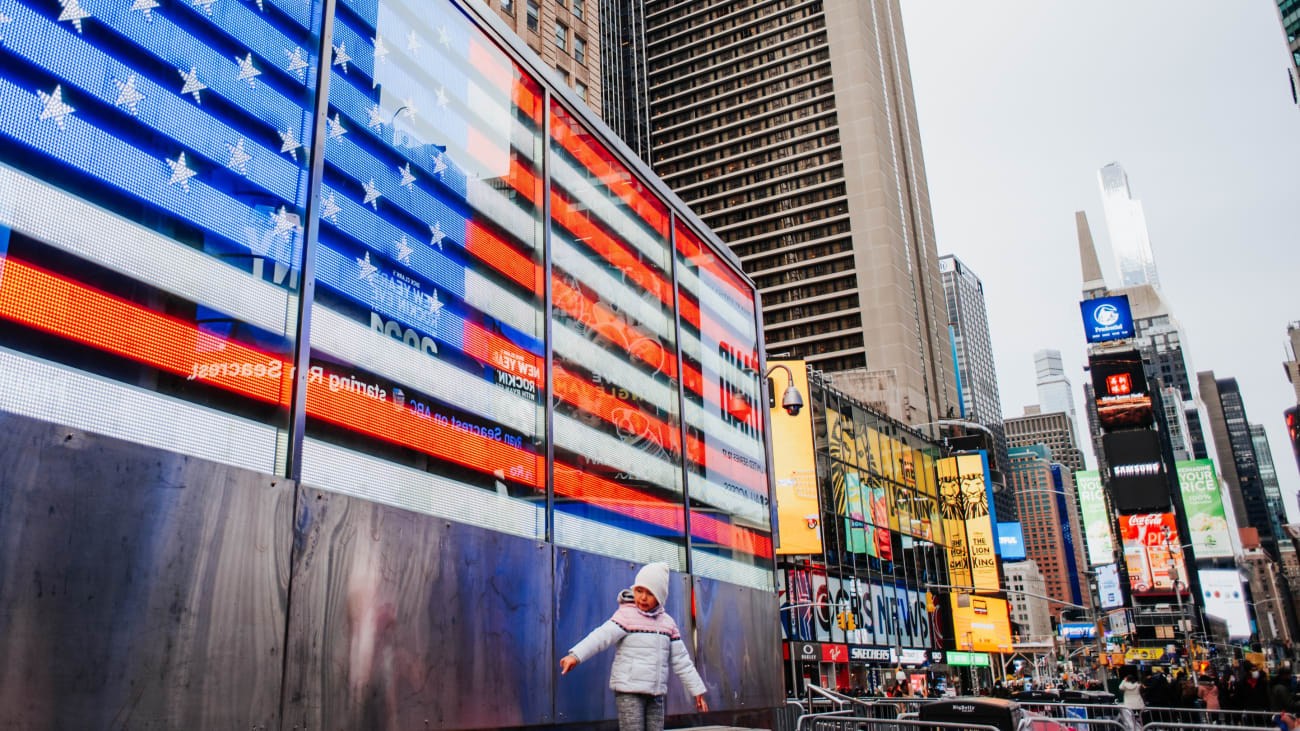
Times Square | ©Hellotickets
The Big Apple is the dream destination for many travellers and a city full of possibilities to enjoy it. It is an experience that is difficult to explain and that you have to experience in person.
And so that you can enjoy it to the fullest, I've prepared 15 tips to help you make the most of it. Do you want to know them?
1. When to travel to New York?
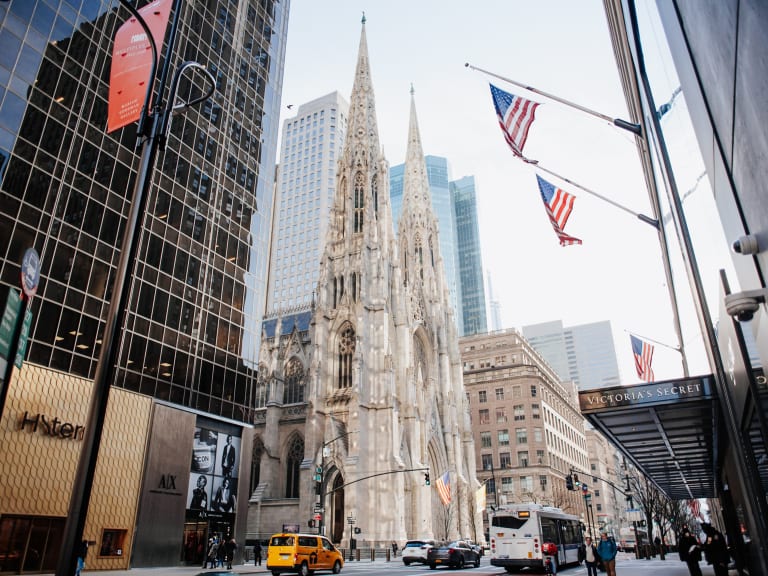
If you like New York, any time of year is a good time to travel as they all have their charm. However, they all have their peculiarities.
Spring
The days are longer and the temperatures are milder, which invites you to walk around and explore the city doing more outdoor activities, such as booking a tour of New York to get to know the city in comfort. Plus, it's full of flowers and looks beautiful.
Summer
During this season, the heat can sometimes be oppressive. However, New Yorkers enjoy the festive atmosphere at Coney Island, the beaches of Staten Island and a host of outdoor activities such as movies, kayaking and rooftop drinking.
However, it's high season for flights and hotels and prices are on the rise.
Autumn
New York's landscape looks very colourful during this season, perfect for taking pictures or booking a photo tour of the Big Apple. There is little rain and the temperatures are mild, which is perfect for exploring the city on foot.
In autumn there are two very American holidays, Halloween and Thanksgiving, which give the city a very special atmosphere.
I visited New York for the first time in autumn and since then I have found it to be a very special time to get to know the city. I tell you all about what you can do there during this epic time of the year in my guide on 10 Things to Do in New York City in the Fall.
Winter
If you're not afraid of the cold, visiting New York at this time of year is a good idea because Christmas is fairytale-like and the city is decorated to the nines. Many tourists take the opportunity to book a tour of Dyker Heights to see the Christmas lights as they are really impressive.
On the other hand, in January and February there is little tourism and you can visit the tourist attractions at a more leisurely pace.
In fact, Christmas in this city is a world apart. I have written a specialised guide on 15 Christmas Things to Do in New York Cityso if you are lucky enough to visit the city at the most magical time of the year, use it to make sure you don't miss anything.
2. How much time do I need in New York?
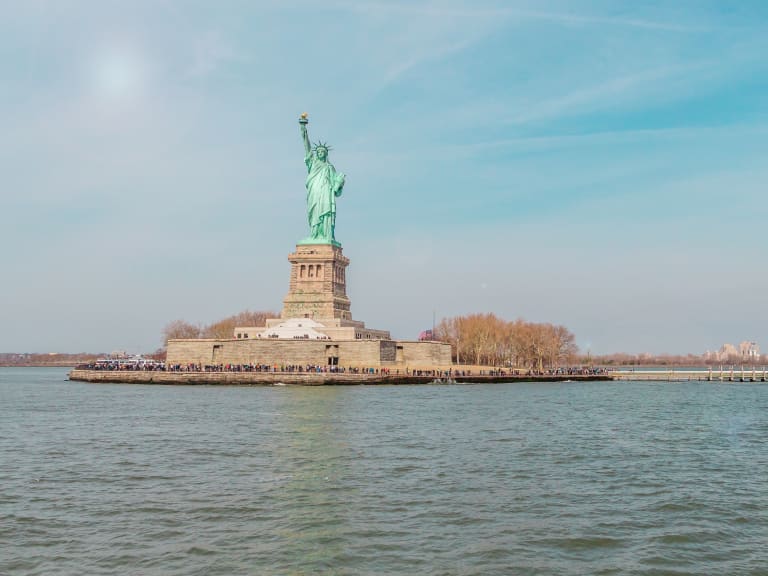
Obviously, the more the better! I'm sorry to say that you could spend years in New York and still not get to see and enjoy everything it has to offer. But since time and budget are usually not infinite, I recommend that you visit New York for at least 5-7 days, especially if it's your first time.
With fewer days, you'll miss out on a lot, you'll be more stressed and you'll feel like you're running short of time.
If your circumstances and budget allow, a 10-day trip to New York is ideal, as it will allow you to see a lot of the city' s must-see s ights and get the most out of your trip.
For longer trips
If you're lucky enough to be staying in New York for a few days and want to get out of the big city and explore the surrounding area, there are a number of options:
- Book a trip to Washington from New York: where you will visit the White House, the Capitol, the Senate, J.F. Kennedy's tomb and other monuments of interest in the capital.
- Book a trip to Boston, one of the most historically rich cities in the United States for its role in the American Revolution.
- Buy a trip to Niagara Falls: one of the essential activities that can't be missing from any traveller's list.
These are just a few of the excursions you can do from New York. I recommend them 100% to add a contrast to your trip and discover a little more about American culture and other American cities.
3. Travel medical insurance and vaccinations
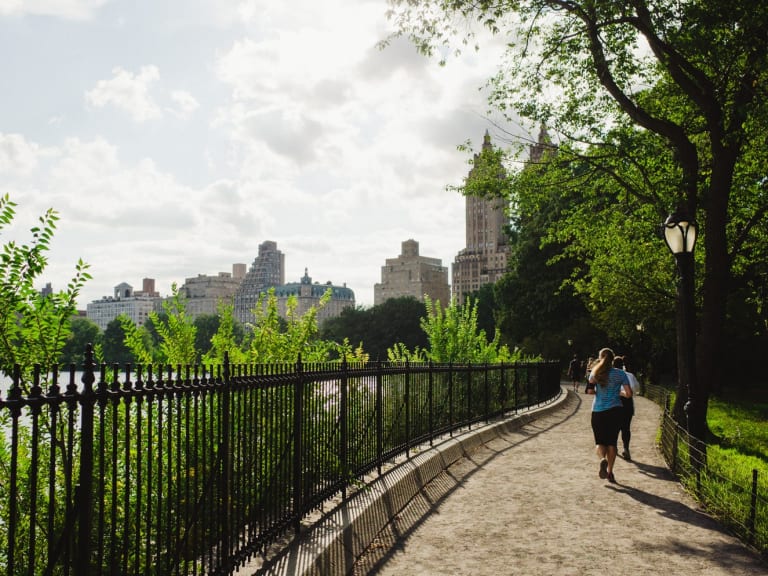
Take out travel health insurance
Health care in the United States is private and medical costs in this country are particularly high (for example, the cost of a day in hospital is 6,000 euros or a fractured femur is 80,000 euros).
That's why having good travel insurance with comprehensive medical cover is essential when travelling to New York.
Chances are that, during your trip, you won't have to deal with a situation requiring medical attention that could put a damper on your holiday. But to prevent these unexpected surprises, it's best to take out travel insurance to save you from having to deal with exorbitant costs.
Are any vaccinations required?
No vaccinations are required to travel to New York as a tourist in order to enter the United States from Europe.
However, if you come from a country or have visited a country where there is a risk of yellow fever transmission, it is advisable to carry a certificate that you have been vaccinated against yellow fever because the authorities may ask you to do so.
If you have any other questions or doubts, you can always go to the International Vaccination Centre in your city for more information.
4. Get your ESTA in time

If you are travelling to New York from Europe, whether for business or tourism, you will not need to obtain a visa but you will need to obtain the ESTA (Electronic System for Travel Authorization) which can be processed online and is a mandatory requirement.
The ESTA can be submitted at least 72 hours in advance of your trip electronically from the official US government website.
This authorisation is valid for two years unless the passport with which you apply for it expires earlier. If you have any doubts about this, you can ask for more information at the US embassy. If you are from outside Europe, you can also check there or on the official website of the Ministry of Foreign Affairs.
Security checks at the airport
On the plane or in the customs control area of the airport, you will be given a form to fill in with your flight details and then show it together with your passport (valid for at least 6 months) at the security checkpoint.
You will be asked about the address of your accommodation (hotel or flat), your return flight reservation (if you have one) and the reason for your trip, but you don't have to worry about anything as these are routine questions that don't require a high level of English, as they are used to dealing with tourists.
5. How do I get from the airport to New York?

Once you land on American soil and pass through security, you will have to choose how to get to the centre of New York from the airport.
New York is a city that is quite well connected. Its public transport network (bus, underground, taxi...) is efficient and allows you to get from one end of the Big Apple to the other to explore all its corners quickly.
However, from experience I can tell you that after landing from a long flight that leaves you exhausted, the last thing you want to do is walk around the terminal looking for a free taxi or make multiple transfers. Therefore, the most convenient option is to book a private transfer to your hotel or a shared transfer.
Difference between shared and private transfers
The main difference between shared and private transfers is that in private transfers the driver will be at your disposal and the VIP vehicle will be just for you and your group, you won't have to wait for other passengers.
Check out my article on airport transfers to New York if you want to know more about how to get to and from the airport to your hotel in the most comfortable way while saving on each trip.
6. Is New York safe?
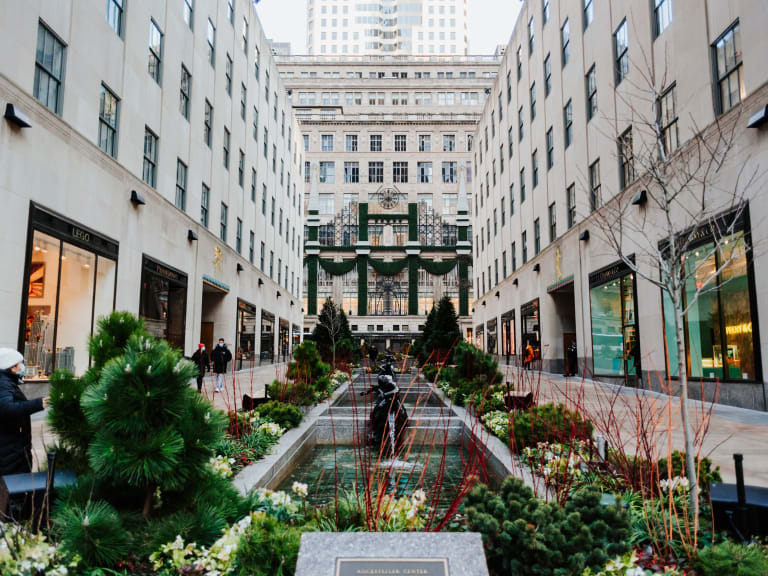
When it comes to safety, New York is one of the safest cities in the United States despite the bad reputation it once had.
In the last decade, the crime rate has fallen sharply and it's only advisable to avoid a few trouble areas, such as East Harlem, the South Bronx or Brownsville in Brooklyn, especially at night.
As in other tourist-heavy cities, pickpocketing can occur. The best way to avoid this is to be aware of your surroundings, don't carry a lot of cash and keep an eye on your mobile phone or camera. If you take certain measures and use common sense, you won't have anything to worry about in New York.
7. Make the currency exchange in your home country
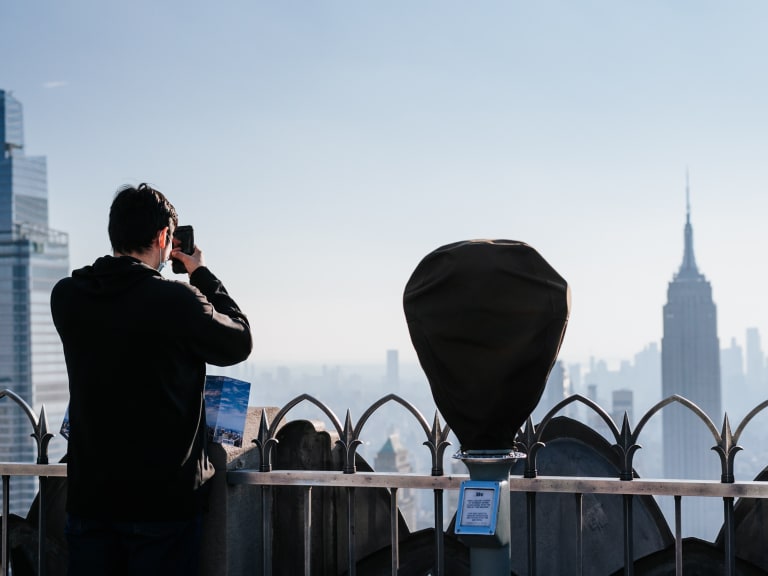
When planning a trip, the question always arises: where and when do I exchange my money for dollars? My advice is to do it in your home country to avoid having to waste time exchanging money in New York. Here's how I do it.
Currency exchange at home
In theory, if you go to your bank, they should be able to give you the best exchange rate, but this is not always the case. Therefore, it is advisable to visit different banks, whether you are a customer or not, and ask how many dollars they will give you for an amount and the commission they apply.
During this process, write down the bank where you ask and the exchange rate they tell you, so you can then make a comparison at home and finally choose the one that suits you best.
The amount you are going to change depends on you and the circumstances of your trip. What you should bear in mind is that you will have to ask the bank for the currency exchange a week in advance, as they have to ask for the dollars and you risk that they will not arrive in time for the date of your trip.
Currency exchange at your destination
If you choose to change money once you're in New York, it 's better to do so at exchange offices rather than at the airport.
There are usually several bureaux de change scattered around the city, each with a different rate. Bear in mind that you will be subject to the exchange rate they want to give you and you may lose track of the commission and the real value.
In any case, check the one that suits you best to make the money exchange.
8. Tipping in New York
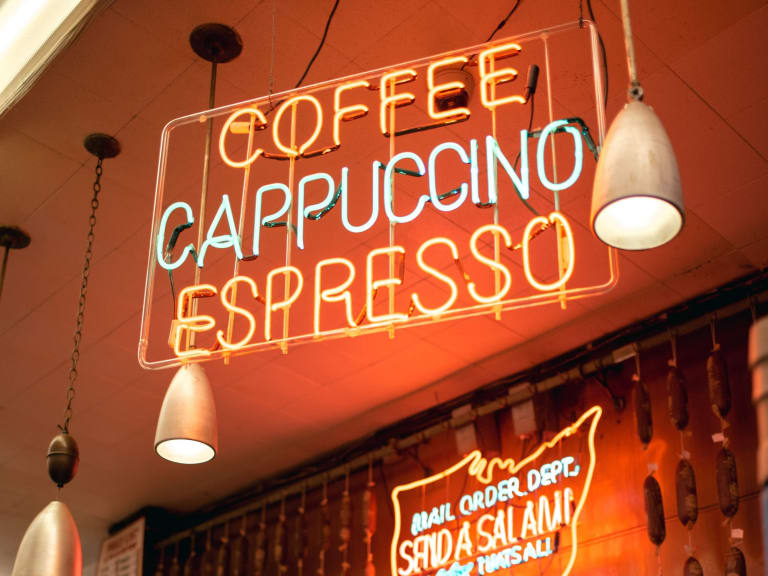
An unwritten law that is observed to the letter in New York (and which is a real headache for tourists) is to leave a tip after enjoying a service, especially in restaurants, cafés, taxi transfers, cleaning hotel rooms, etc.
Where to tip and how much should I tip?
- Restaurants: Tipping is usually between 15% and 20% of the total, depending on how happy you are with the service.
- Taxis: many taxis now have screens on the back of the seats where the default tip is calculated and the options for the customer to choose from are 20%, 25% and 30%.
- Hotels: If your hotel bellboy helps you carry your bags, it is appropriate to tip him $2 or $3 per bag. For housekeepers, the tip is $2 to $5 per day.
- Tour guide: If the group is large and it's a short visit, a tip of $5 per person is fine. If the group is smaller and the tour lasts many hours, a tip of about $10 per person is usually appropriate.
Why tip
In the United States, some industries allow workers to be paid less than the minimum wage because, in theory, by adding tips to their base wage, workers should be able to meet the minimum wage.
The reality is that many people need tips to make a living wage at the end of the month.
This system may seem more or less fair to us, and although it may come as a surprise coming from other countries, this is the way things are done in New York and we have to adapt. As the saying goes: "where you go, do as you please".
What happens if I don't leave a tip
It is true that they cannot demand that the customer leaves a tip, but not doing so is interpreted as a very rude and inconsiderate gesture. Thus, after taxes and tipping, prices will be 15-20% higher than what is indicated in New York.
9. What should I pack for my trip to New York?
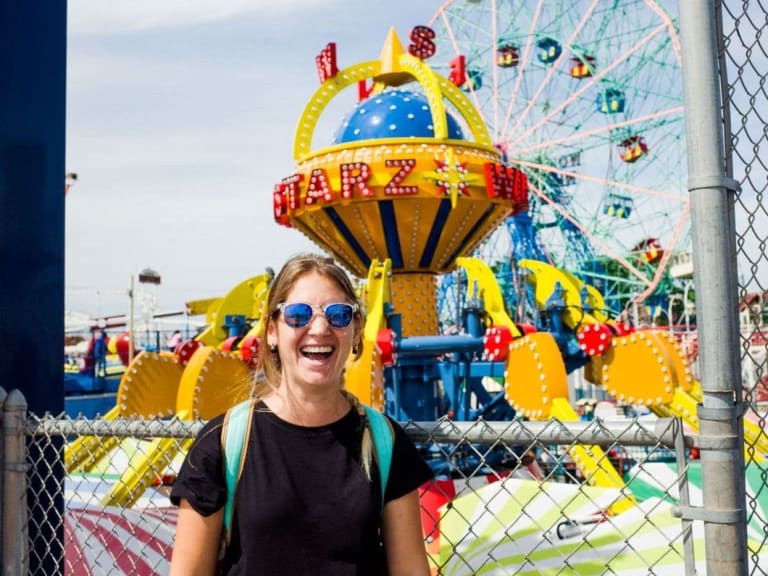
Of course, the clothes you pack will depend (very much) on the time of year you travel to New York.
- Summer: temperatures are very hot outside and the air conditioning in shops, hotels and shopping centres is very, very hot. I recommend wearing a scarf and a denim or thin jacket to protect you indoors.
- Winter: gloves, hat and scarf are a must, but don't forget to pack some thermal clothing (temperatures can easily drop below freezing), extra socks for extra warmth in case it snows, and winter footwear.
- Autumn and spring: wear several layers of clothing during the day, as temperatures are warm but there can be a big difference between morning and evening and the middle of the day.
As for rain, don't worry because it doesn't usually rain too much and when it does, there are hundreds of street vendors where you can buy an umbrella on the street for a good price.
Shopping in New York
The prices of some brands of clothing, electronics and accessories in the US are much cheaper than in other countries around the world, so make sure you leave enough room in your suitcase to bring all your purchases.
In fact, I recommend that in addition to visiting the typical Manhattan street shops, don't miss the vintage markets you can find in areas such as Brooklyn.
And don't forget to visit the famous outlets. There you can find luxury brand clothes from other seasons at very good prices. If you are interested in knowing more details, I leave you here my guide on Woodbury Commons and Other Outlet Malls in New York.
10. Internet in New York, always!
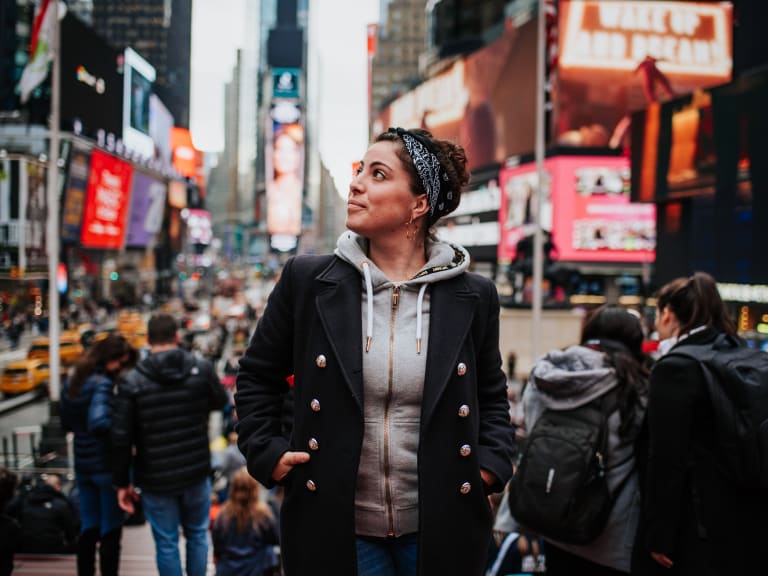
There are many travellers who claim to be able to live for a few days without going online, but having the option to go online anytime, anywhere is something many don't want to give up these days while on holiday.
Roaming in the United States
Roaming is the service that allows you to use your mobile phone abroad. If you are travelling to a country that is part of the European Union, the advantage is that you will pay the same rate as you do in Spain.
However, if you want to roam in the United States, be careful. Telephone companies can charge exorbitant rates.
My recommendation is that you carefully read the conditions of the rate you have contracted and check with the telephone company for this information and whether you need to activate your roaming service to travel to the United States or whether it is already active by default.
Buying a SIM card in New York
There are plenty of places in New York where you can buy a US SIM card, so it will be easy to find one.
If you choose this option, remember that your phone must be unlocked in order to exchange your current card for another company's SIM card.
Your SIM card will be activated by the staff themselves, so you don't have to worry about anything.
Take advantage of free WiFi in New York
If you don't want to use up all the GB on your SIM card, the perfect complementary option is WiFi. In New York you'll find free WiFi almost everywhere: coffee shops, museums, department stores, public libraries...
Take advantage of a visit or a coffee to send a photo to your family of how much you're enjoying your holiday in the Big Apple.
11. How to save on travel arrangements
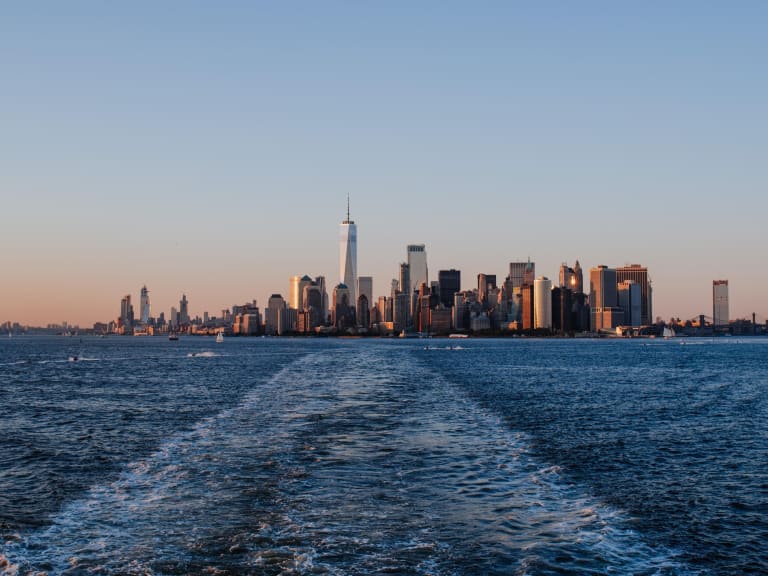
To make the most of your trip to New York, have you thought about buying a New York Pass? This is a tourist card that gives you access to the city's main tourist attractions and has several advantages. If you make the most of it, you'll save money:
- Money: as it allows you to enter popular attractions at a flat or reduced rate.
- Time: as most of these attractions have a special queue for pass holders.
And it's so convenient to have all your tickets in one place!
What do the passes usually include?
- Access to a sightseeing bus around the main areas of New York City
- A ferry to Liberty Island, where the Statue of Liberty is located
- Tickets to the Top of the Rock, Empire State Building or One World Observatory
- Tickets to the 9/11 Memorial and the 9/11 Museum
- Tickets for the Natural History Museum
- MoMA tickets
- Intrepid Sea, Air & Space Museum Tickets
- Metropolitan Museum of Art Tickets
- Madame Tussauds New York Tickets
Which pass to buy?
The key thing to bear in mind is that there are passes by number of days, by number of attractions and by type of attractions.
Finding the perfect pass depends on the type of trip you're going to make to New York and your budget. In our post on New York sightseeing passes we help you choose the one that's right for you. Check it out!
12. And once I'm there... How do I get around?
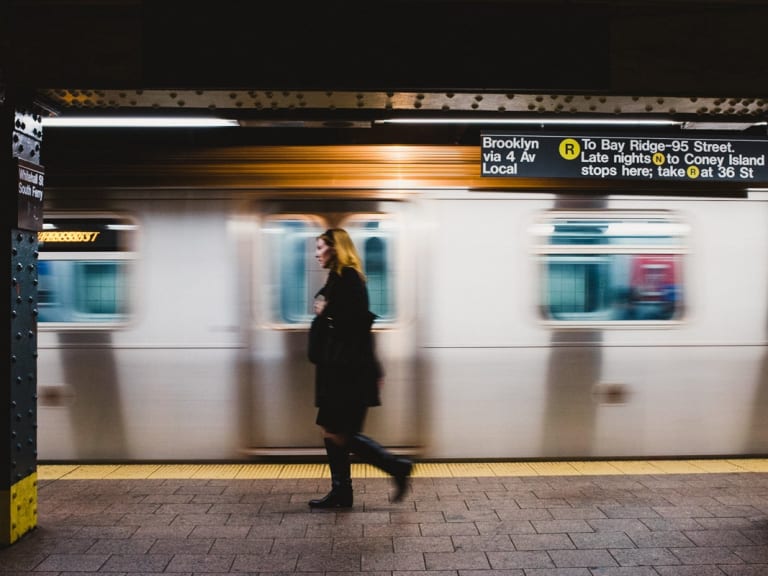
The underground is going to be your great ally once you settle in the Big Apple. At first you'll feel like walking for hours and hours (and I recommend it, as it's the best way to enjoy New York), but sometimes the distances will make it impossible and fatigue will start to set in.
But don't worry, because wherever you are, you'll have an underground stop nearby that will get you where you need to go, in no time and for little money.
Even if there are many lines, don't feel overwhelmed because it's simpler than it looks. I tell you everything you need to know in my article about the metro. Guide to the New York City Subway.
The tourist bus
If you prefer to keep it simple and still enjoy the sights of New York while moving from one place to another, booking the sightseeing bus is always a good option.
With several routes, it connects the city's most iconic sights and allows you to hop on and off as many times as you like.
It runs day and night and its operation is simpler than that of the metro, as it is designed exclusively with the traveller in mind. Here are all the details about New York Hop-On Hop-Off Buses.
A cruise on the Hudson
Another way to get around Manhattan (while resting) is to take a cruise on the Hudson (or take one of the ferries to Brooklyn or the Statue of Liberty).
The views of the Manhattan skyline from the water are spectacular and you'll be able to relax, if only for a little while, as you leisurely cruise the river. Here are all the options available on New York Cruises and Boat Tours.
13. What to eat in New York?
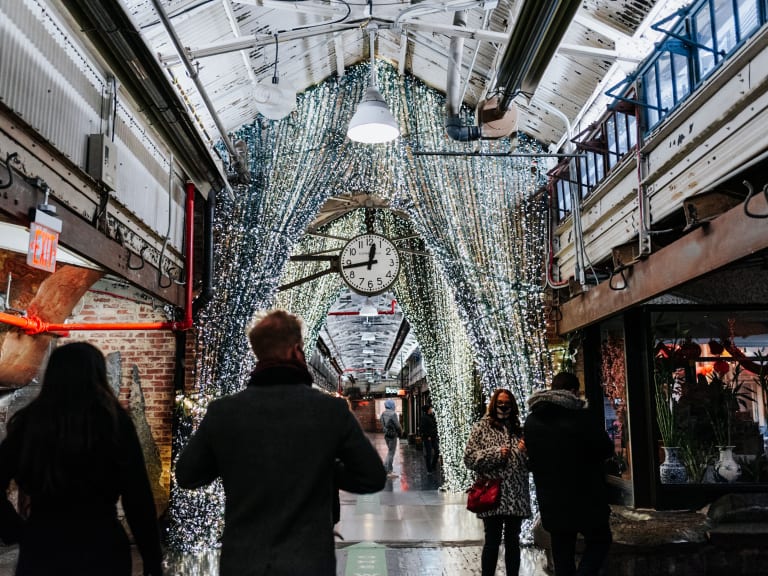
Eating well and cheaply in New York is not impossible, but it does require a bit of attention when choosing a restaurant or a place to stop for a break.
About prices
The city has a gastronomic offer that is hard to beat, but you'll have to keep an eye on the menus to avoid wrecking your budget. Remember that menus don't usually include taxes and tips, so the price you see on the menu is not the final price.
My advice is to set a daily budget to spend on food. Unless you're travelling on a budget, I suggest combining a daily fast food meal (probably at lunchtime as you tour the city) with a more leisurely dinner in one of the cooler neighbourhoods (the West Village or SoHo).
Don't rule out picnics
Especially when the weather permits, I love picnics in one of the city's parks or squares (you won't be alone, you're sure to see dozens of executives, tourists and New Yorkers doing the same).
Throughout the city you'll find fast food chains (but more or less healthy) such as Pret-À-Manger, where you can buy a sandwich or hot soup to go.
What to eat
It's not just burgers that New Yorkers live for (although you'll obviously have to try more than one during your time there).
In New York you'll find food of all kinds, from the most elaborate menus to the typical hot dogs and delicious hamburgers.
I've written a guide to 10 Places to Eat in New York City I've written a guide with all my recommendations so you don't fall into any tourist traps. Oh, and don't forget the cheesecake for dessert either - delicious!
Take at least one food tour
This is one of the best ways to get to know the best restaurants in the city and to enjoy the best New York flavours. However, I recommend it if you're in New York for several days or if you're a foodie.
There are several food tours in New York and each one usually covers a specific area of the city, showcasing its best dishes. For example, you'll find
- Gastronomic tour of Manhattan: perfect if you want to combine knowledge of the history of the area with tasting the typical flavours of the place.
- Gastronomic tour of Brooklyn: you will discover the gastronomic epicentre of New York.
- Gastronomic tour of Little Italy: where you will taste the flavours that emerged from the fusion of Italian and American cuisine and visit popular restaurants such as Lombardi's Pizza and Ferrara Bakery.
14. Beware of ticket scalping
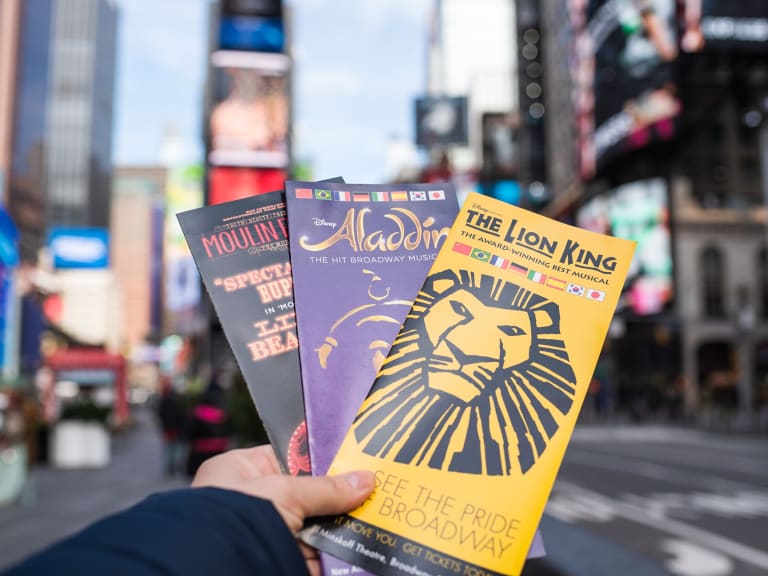
Are you one of those travellers who dreams of seeing a Broadway musical or an NBA game at Madison Square Garden? The feeling of being in a basketball mecca or sitting in a velvet seat waiting for the curtain to rise is one of the most exciting things to experience in New York.
But as they are in high demand, especially at times like Christmas, my recommendation is to book Broadway tickets and buy NBA tickets online in advance so you don't run out.
But most importantly, be wary of the scalpers you'll see on the street. These tickets are not guaranteed to be the real thing and, if they are, the seats will probably not be the ones promised.
How to get good tickets without spending a lot of money?
I recommend buying tickets online as far in advance as possible if you are sure of the date and the musical you want to see.
Otherwise, if you wait to buy them at the box office, you run the risk of running out of tickets for the day you would like to see the show due to high demand.
This also happens with NBA tickets for the New York Knicks at Madison Square Garden and the Brooklyn Nets at the Barclays Center.
15. Discover New York on a tour
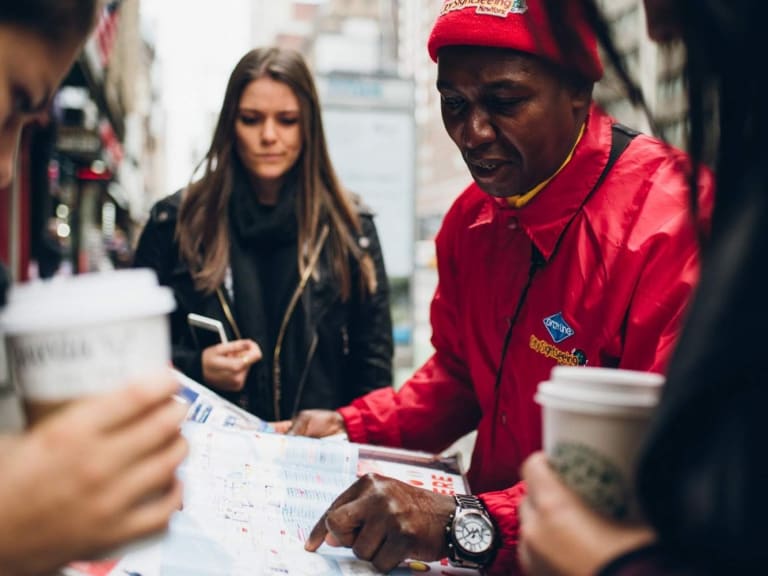
If you want to discover the most interesting places in New York with a guided tour, my favourite tours are:
- The Contrasts Tour: where you can discover New York's most emblematic neighbourhoods in depth.
- And the Lower Manhattan tour: also known as Downtown, it includes areas such as Chinatown, Greenwich Village and the financial district, among others.
